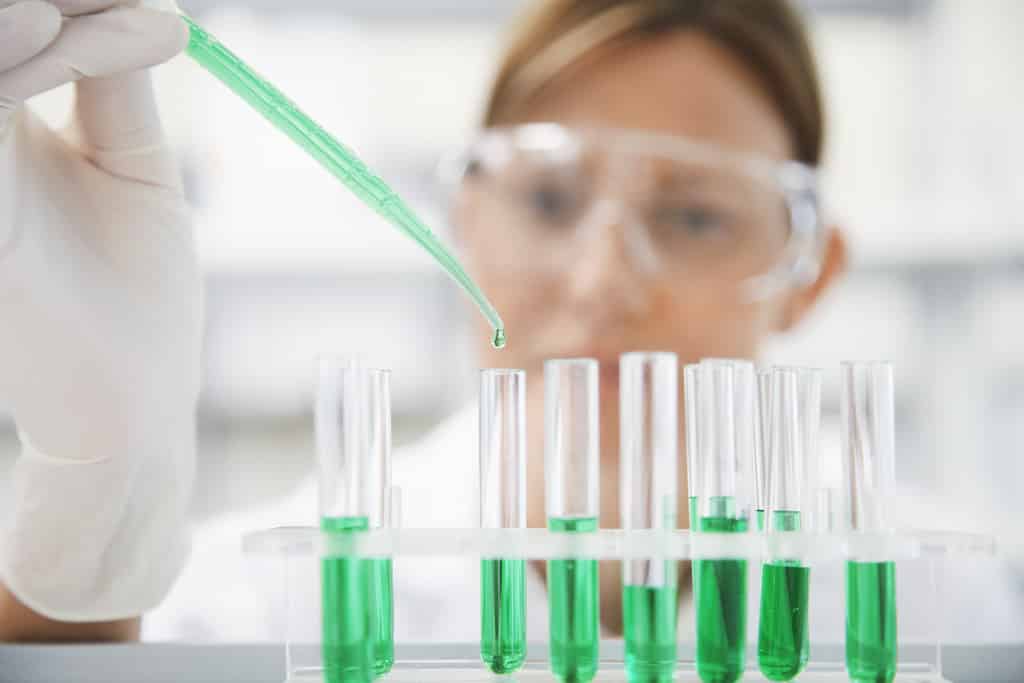Efficient Carbon Dioxide Conversion
A new material that can selectively capture carbon dioxide molecules and efficiently convert them into useful organic materials has been developed by researchers at Kyoto University, in collaboration with the University of Tokyo and Jiangsu Normal University in China.
The human consumption of fossil fuels has resulted in rising global CO2 emissions. This leads to severe problems associated with global warming and climate change.
One of the options to counteract this is to capture carbon from the atmosphere. The current methods are highly energy-intensive. The low reactivity of CO2 makes it difficult to capture and convert it efficiently.
In the discovery, Scientists have successfully designed a porous material which has a high affinity towards CO2 molecules and can quickly and effectively convert it into useful organic materials.
Efficient Carbon Dioxide Conversion- The Compound Used
The material is a porous coordination polymer- also known as a MOF, metal-organic framework. It is a framework consisting of zinc metal ions. The scientists tested their material using X-ray structural analysis and found that it can selectively capture only CO2 molecules with ten times more efficient than other PCPs.
The material has an organic component with a propeller-like molecular structure. As CO2 molecules approach the structure, the MOF rotate and rearrange to permit C02 trapping, resulting in slight changes to the microscopic channels within the PCP. This allows it to act as a molecular sieve that can recognize molecules by size and shape.
Susumu Kitagawa, a materials chemist at Kyoto University, says that one of the most environment-friendly approaches to carbon capture is to recycle carbon dioxide into high-value chemicals, such as cyclic carbonates, which can be used in petrochemicals and pharmaceuticals.
After capturing the carbon, the converted material can be used to make polyurethane. It has a wide variety of applications, including clothing, domestic appliances, and packaging.
Efficient Carbon Dioxide Conversion- What’s Next?
This work highlights the potential of porous coordination polymers for trapping CO2 and convert
ing it into useful materials, opening up an avenue for future research into carbon capture materials.Author: Rahul Mishra

















































